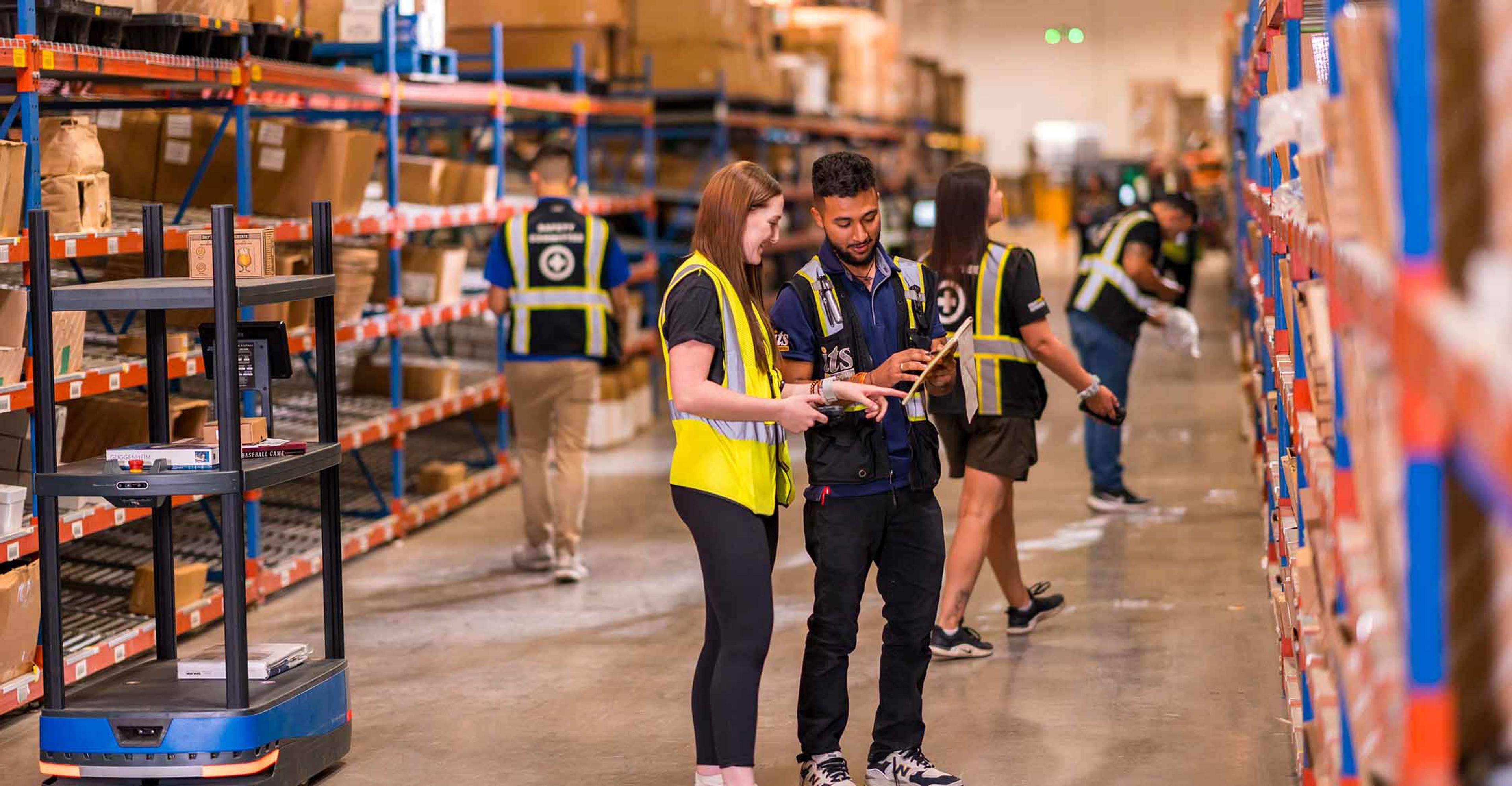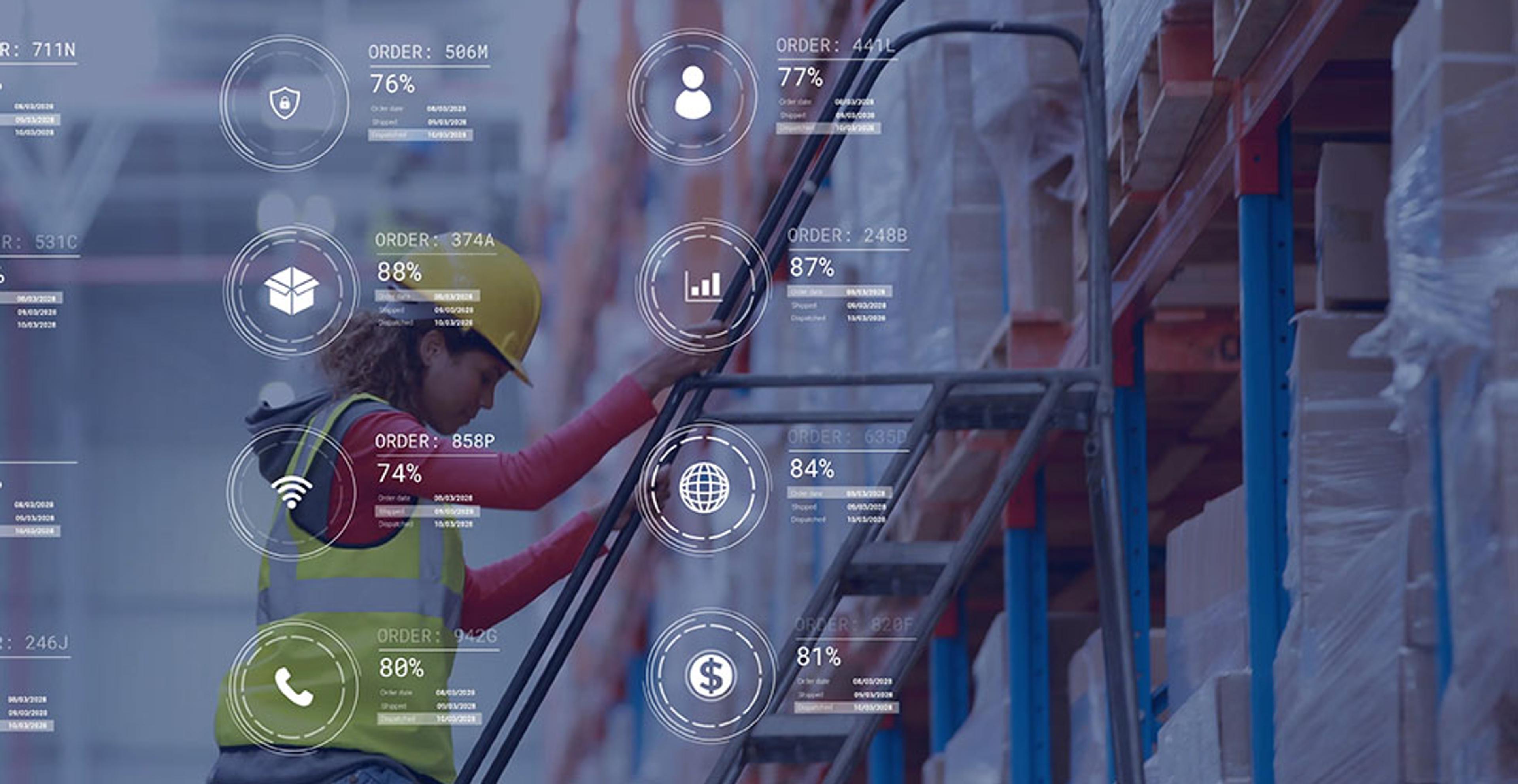
Dare we hope for a normal peak in 2024? The second quarter of 2024 signaled reasons to be optimistic with several positive factors coming into alignment. Consumers are spending again, retailer inventories are healthier, and the economy is showing solid growth. In short, all the pieces are there.
Here are some of the other areas we’re watching.
Amazon Prime Day Performance
According to data from Adobe, it was yet another record-breaking Prime Day with shoppers spending $14.2 billion over the course of two, promotion-filled days. If associating the term “record breaking” with Prime Day comes across a little flat, it’s because every year has been record-breaking since its 2016 inception. However, some years grow more than others.
This year, Prime Day grew $1.5 billion year over year (+10.07%), which was more accelerated than the previous year’s growth of 900 million year over year (+7.5%) but not as dramatic as the $3.24 billion year-over-year growth that happened in 2020 (+45.25%). What this could tell us is that consumers are more willing to part with their dollars this year than they were last year but not as willing as in the COVID-stimulus-propped era of 2020.
More consumers also used buy now pay later (BNPL) this Prime Day than last year, with 7.6% (+1% YoY) of online purchases being bought via BNPL. This could signal that many consumers are feeling confident enough in their financial situation to purchase on credit.
National Credit Card Debt
According to data from Lending Tree, American’s total credit card balance was $1.115 trillion in the first quarter of 2024, which is actually a slight drop from the record-high balance of $1.129 trillion in the fourth quarter of 2023. Despite the drop in the first quarter, experts still expect credit card balances to climb due to record interest rates, stubborn inflation and a myriad of other economic factors. It all depends on consumers.
Consumer outlooks on the economy really haven’t changed much in the last year. According to The Conference Board Consumer Confidence Index, consumer confidence in the economy dipped slightly in June but remained in the same narrow range of the last two years. The Conference Board further found that consumers were less concerned about a future recession but felt less positive about their family’s financial situation. Elevated prices—specifically for food and groceries—continued to impact consumers’ outlook on the economy. The index also found that buying plans for big-ticket appliances and smartphones increased slightly.
In summary, credit card debts were slightly lower as of Q1 and consumer confidence hasn’t changed all that much since the muted peak of last year. Consumers do seem more willing to spend for some items in some categories, which is evident in the latest economic data.
Economic Growth Driven Partly by Consumer Spending
Real gross domestic product (GDP) outpaced forecasts and grew at a 2.8% annualized pace in Q2 of 2024. According to data from the Commerce Department, consumer spending and business investments drove economic growth in Q2 of 2024.
Overall, the US economy outpaced expectations and grew at a 2.8% annualized rate, nearly doubling the 1.4% reading in the previous quarter. According to reporting from CNBC, both services and goods spending saw solid increases for the quarter.
Inventory-to-Sales Levels
Retailer inventories largely recovered to right-sized levels in 2024, shaking off wild inventory fluctuations caused by the pandemic. In May, Census.gov data indicated that retail inventory levels were running tight at a seasonally adjusted 1.13 inventory-to-sales ratio, which measures how much companies have in stock compared to what they sell. That ratio is down from the 1.18 ratio a year earlier, and fluctuations have become less dramatic.

With right-sized inventories, retailers could be more willing to bring in additional inventory to prepare for peak, something that is already being seen in port shipping activity. July’s Port/Rail Freight Index revealed that pre-retail-peak season shipping activity brought moderate volume increases to most markets.
Holiday Sales Growth Trends
Holiday spending has increased since 2021, but the rate of growth has dropped throughout the years. In 2021, holiday retail spending increased 12.7%, a 20-year high that was fueled by trillions of dollars in pandemic-related stimulus. That number decreased to 5.4% in 2022 and, according to data from MasterCard SpendingPulse, dropped again to 3.1% in 2023. Although 2023’s growth rate experienced a drop, 3.1% is more consistent with the average pre-pandemic growth rate of 3.6% from 2010 to 2019.

Mindful spending became a main theme in 2023 and has continued to be a theme in 2024. PepsiCo recently echoed this sentiment in an interview with Reuters, saying that price sensitivity has increased across US income groups and not just low-income consumers.
If the trend of the past few years continues, holiday spending will likely outpace last year at a less accelerated growth rate.
Get your supply chain ready for peak with ITS Logistics
ITS Logistics has decades of experience providing creative solutions that help customers maximize their supply chain through every economic condition. With the highest level of service, unmatched industry experience and work ethic, and a laser focus on innovation and technology– the team at ITS strives to improve the quality of life for its partners by delivering excellence at every turn.
ITS Logistics maintains a high standard for distribution and fulfillment:
- 99.6% ASN Timeliness
- 99.8% Load Quality
- 99.8% ASN Accuracy
- 99.9% On-Time Shipping
- 99.4% Fill Rate
- 99.3% Pallet & Carton Labeling
Reach out to learn more about ITS Logistics and find a creative logistics solution that will work for your business.



